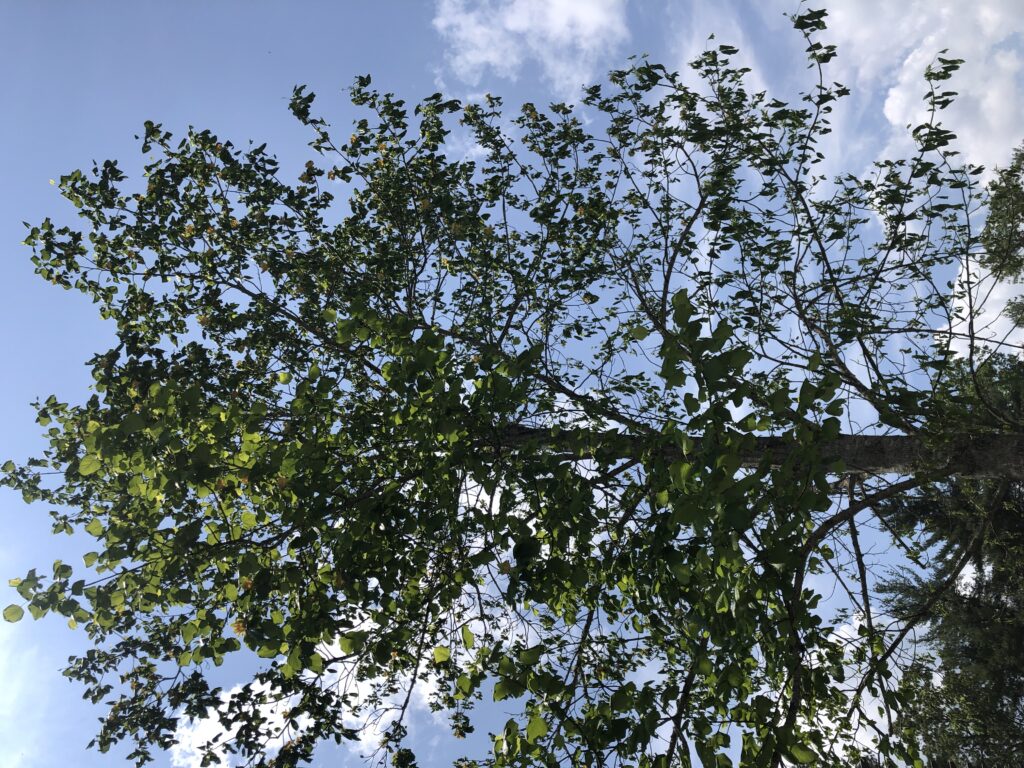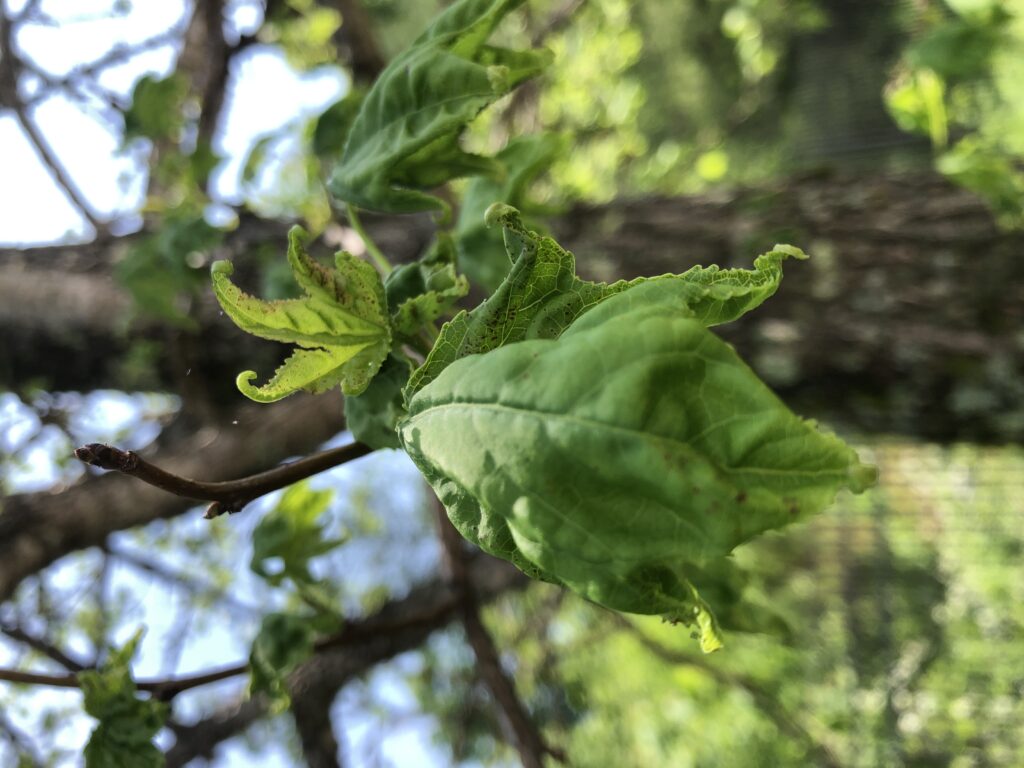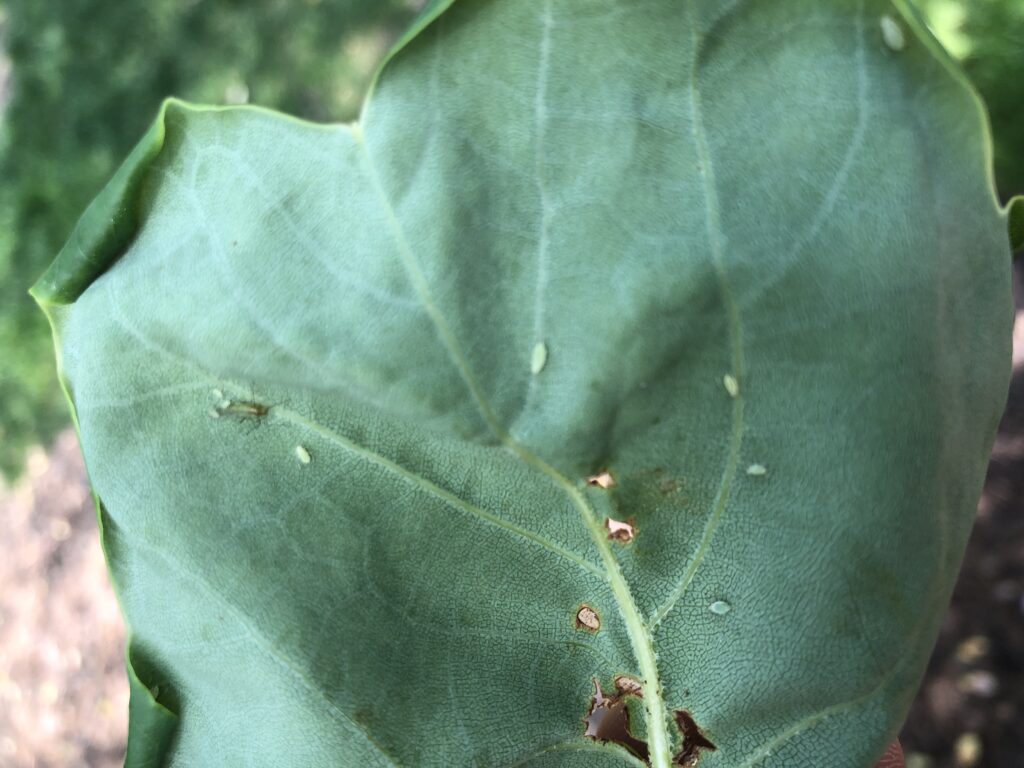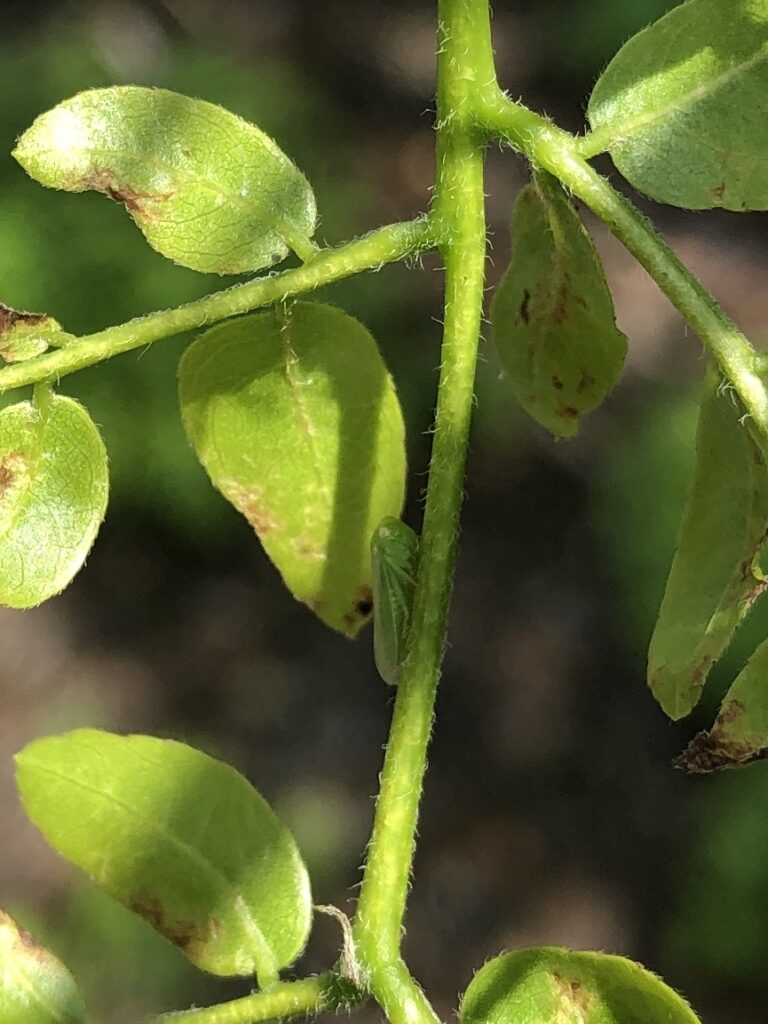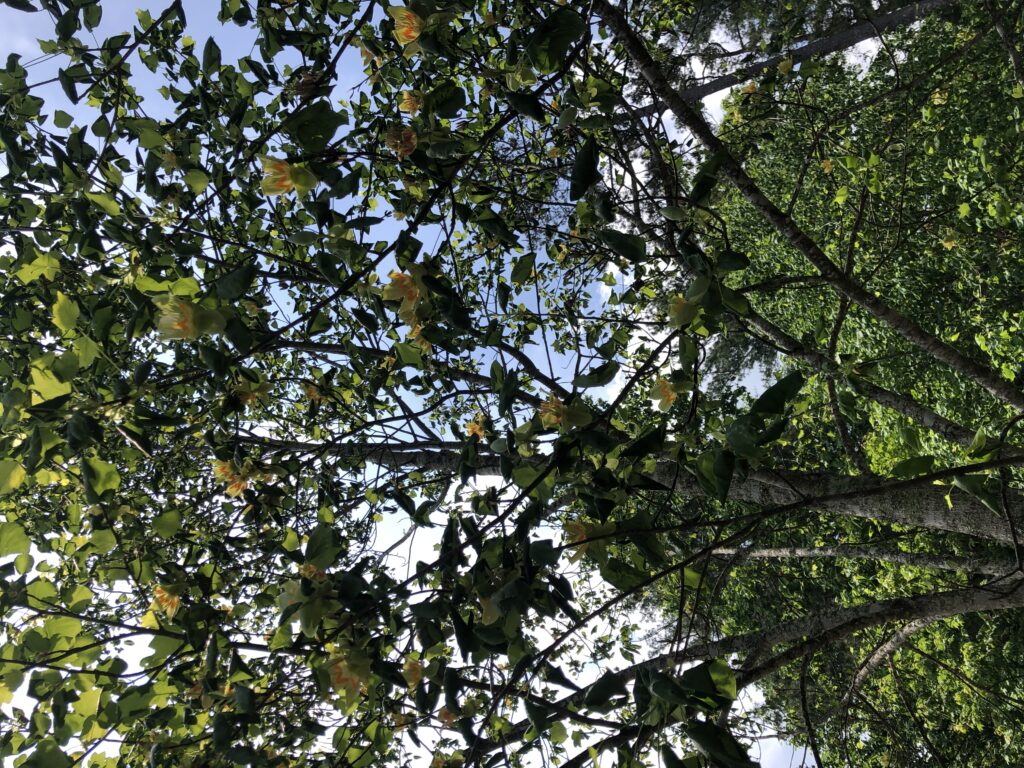Pest Alert – Curling Leaves on Shade Trees
go.ncsu.edu/readext?1002671
en Español / em Português
El inglés es el idioma de control de esta página. En la medida en que haya algún conflicto entre la traducción al inglés y la traducción, el inglés prevalece.
Al hacer clic en el enlace de traducción se activa un servicio de traducción gratuito para convertir la página al español. Al igual que con cualquier traducción por Internet, la conversión no es sensible al contexto y puede que no traduzca el texto en su significado original. NC State Extension no garantiza la exactitud del texto traducido. Por favor, tenga en cuenta que algunas aplicaciones y/o servicios pueden no funcionar como se espera cuando se traducen.
Português
Inglês é o idioma de controle desta página. Na medida que haja algum conflito entre o texto original em Inglês e a tradução, o Inglês prevalece.
Ao clicar no link de tradução, um serviço gratuito de tradução será ativado para converter a página para o Português. Como em qualquer tradução pela internet, a conversão não é sensivel ao contexto e pode não ocorrer a tradução para o significado orginal. O serviço de Extensão da Carolina do Norte (NC State Extension) não garante a exatidão do texto traduzido. Por favor, observe que algumas funções ou serviços podem não funcionar como esperado após a tradução.
English
English is the controlling language of this page. To the extent there is any conflict between the English text and the translation, English controls.
Clicking on the translation link activates a free translation service to convert the page to Spanish. As with any Internet translation, the conversion is not context-sensitive and may not translate the text to its original meaning. NC State Extension does not guarantee the accuracy of the translated text. Please note that some applications and/or services may not function as expected when translated.
Collapse ▲Recently I visited a local facility that had several trees exhibiting severe leaf curl. Trees affected were poplar, catsura, sweetgum and locust. Present were high numbers of aphids and leafhoppers.
Sucking Insects Can Damage Leaves
Leaf hoppers and aphids are both insects that use needle-like mouthparts to suck juices from leaves. When the insects feed on newly emerging leaves the leaves can become distorted. Leaves can curl mildly or even severely.
Sooty Mold Can Be a Nuisance
The insects intake the sugary sap from the leaves and secrete sticky sugary droppings on leaves and objects below the tree. A black sooty mold can grow on the sugary substrate. This can cause problems in public areas such as parks or even in home landscapes.
Interestingly, trees of the same species in natural areas surrounding the site had aphids and leafhoppers but not in the same numbers and were not showing the leaf curl. I suspect the landscape trees are stressed and more favorable to the insects thus they are more severely infested and affected.
Why Are Aphids and Leafhoppers So Bad This Year?
I suspect that with our mild spring, insects will have had earlier and more generations this season. This will lead to insect and spider mite infestations that are more severe than usual. The insects/spider mites likely started their life cycle earlier than normal (it has been relatively warm since February) and were feeding on the newly emerging leaves created the leaf curl we are now seeing. An early start to their lifecycle will lead to more generations of insects/mites this growing season and higher populations.
Control
The affected leaves will not recover but will hang on throughout the season. Although the tree look may bad, the aphid and leafhopper infestation will not affect the longterm health of the trees. Also, ladybugs were very prevalent in these trees demonstrating beneficial insect predation is happening. So, I recommended avoiding insecticides on the landscape trees in question.
The grower was very concerned about the damage since this is a public site however. So I did tell them that if they felt compelled to spray that they should use an azadirachtin product early in the morning just to knock the population of aphids and leafhoppers down. Spraying this biorational insecticide early in the day avoids bee movement and will help preserve beneficial insects.





